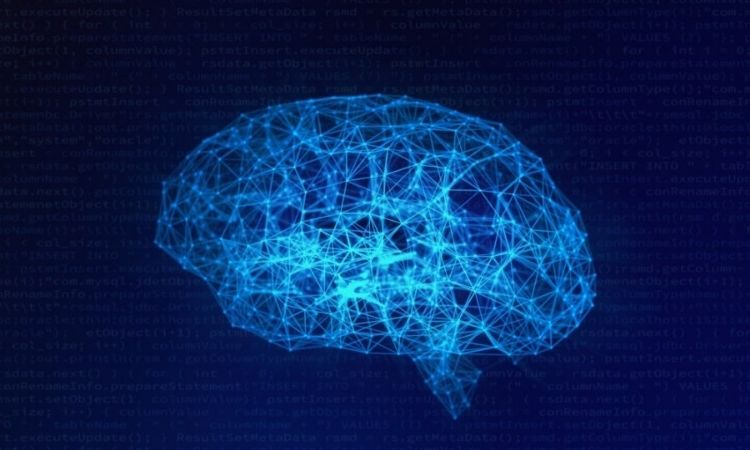
Vagus Nerve Stimulation is showing promise as an addiction and Substance Use Disorder treatment. While still in early stages of research, animal studies have found that Vagus Nerve Stimulation results in a reduction in drug-seeking behavior and cravings.
What is the Vagus Nerve?
The Vagus Nerve runs from the brainstem through the face and down to the colon, winding through various organs along the way. It is the longest and most complex of the 12 cranial nerves.
The Vagus Nerve provides both sensory and motor functions for various parts of the body. Sensory information in the esophagus, larynx, lungs, heart and digestive tract come from the Vagus Nerve. It also affects various motor functions in the body. The Vagus Nerve stimulates muscles in the heart, where it lowers resting heart rate. It also stimulates muscles in the intestines to move food through the digestive tract.
Vagus Nerve Stimulation
VNS has had FDA approval for treatment of epilepsy, depression, and chronic inflammation for years. Researchers are also exploring VNS as a treatment for Alzheimer’s Disease and Multiple Sclerosis. However, VNS has been trending in wellness circles lately due to its ability to pacify the Central Nervous System (CNS). When we stimulate the Vagus Nerve we can bring the nervous system out of the Sympathetic Mode (“Fight or Flight”) and into the Parasympathetic Mode (‘Rest and Digest”).
Harvard Health says, “Stimulating the vagus nerve activates your relaxation response, reducing your heart rate and blood pressure.” One of the reasons deep breathing is so effective at calming the body is because it stimulates the Vagus Nerve, albeit to a lesser degree than the electronic stimulation seen in research studies.
Now, researchers are looking at the Vagus Nerve’s connection to brain plasticity as a way to reduce drug-seeking behaviors and cravings among people with Substance Use Disorder and addiction.
Vagus Nerve Stimulation to Support Addiction Treatment
In a 2016 study at University of Texas at Dallas, rats were taught to press a lever to receive a hit of cocaine, became addicted, then were weaned off the drug. Later, when the lever and associated cues were re-introduced, the rats exhibited severe drug cravings and relapse into drug-seeking behaviors.
However, rats that received VNS therapy engaged in these behaviors at a much lower rate. In fact, the VNS some rats pressed the lever as much as 50% less than their non-treatment counterparts. These results show that they were experiencing less cravings. VNS was found to alter plasticity in the brain to facilitate “extinction learning”. This refers to the gradual reduction of a conditioned response. In the case of the addicted rats, VNS was able to create new reward behaviors.
After the study concluded, Dr. Sven Kroener, the study’s lead researcher, said “VNS treatment may reinforce abstinence, eventually weaning patients off the drug-related behavior and protecting them better from cravings.”
Currently, a study is underway at an undisclosed university, wherein they are testing the effects of VNS on people with Alcohol Use Disorder. More studies are necessary to determine how best to implement VNS in addiction treatment but preliminary results are very promising. We will look forward to learning more about VNS as a treatment for Substance Use Disorder and addiction.
Sources:
https://www.ncbi.nlm.nih.gov/pmc/articles/PMC5859128/
http://learnmem.cshlp.org/content/24/1/35.full.html
https://www.sciencedaily.com/releases/2017/01/170123162315.htm
